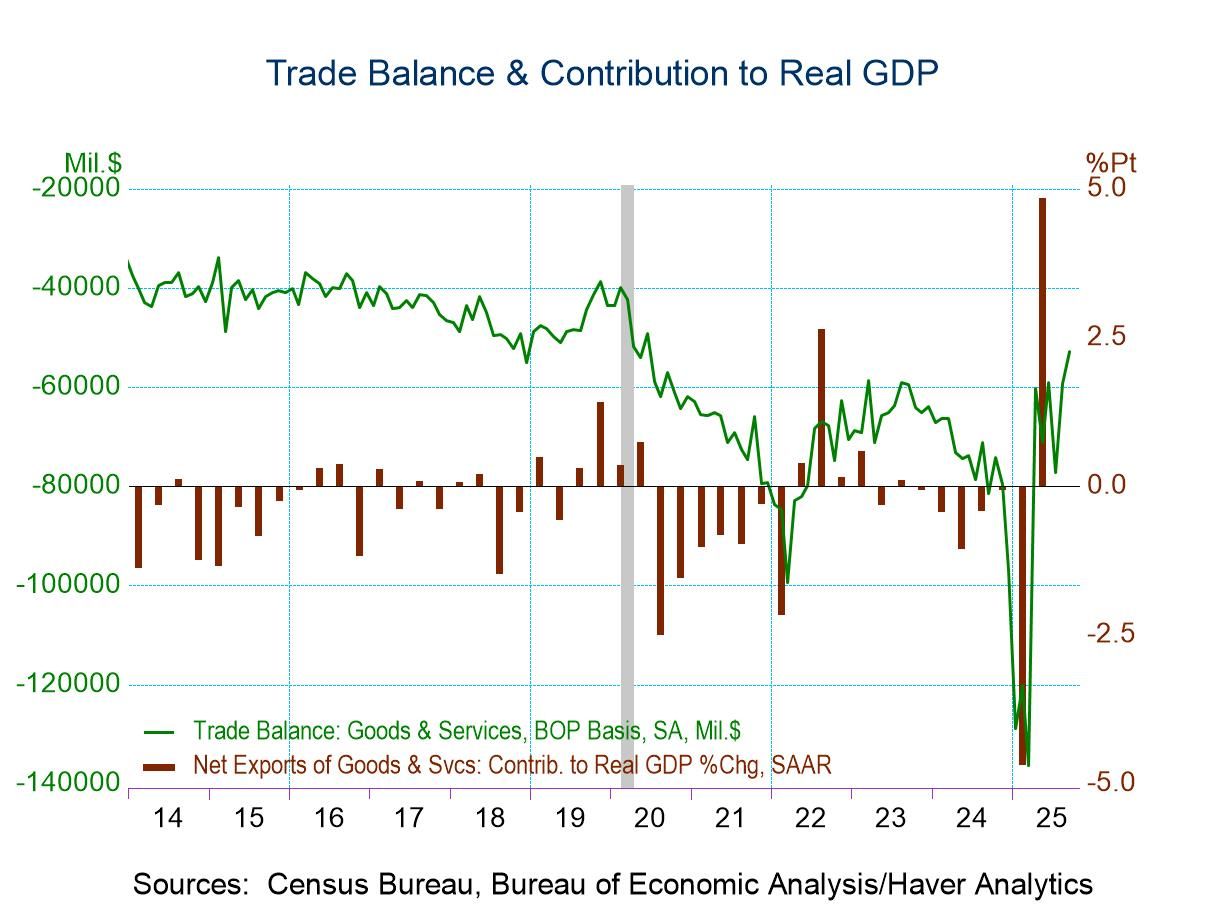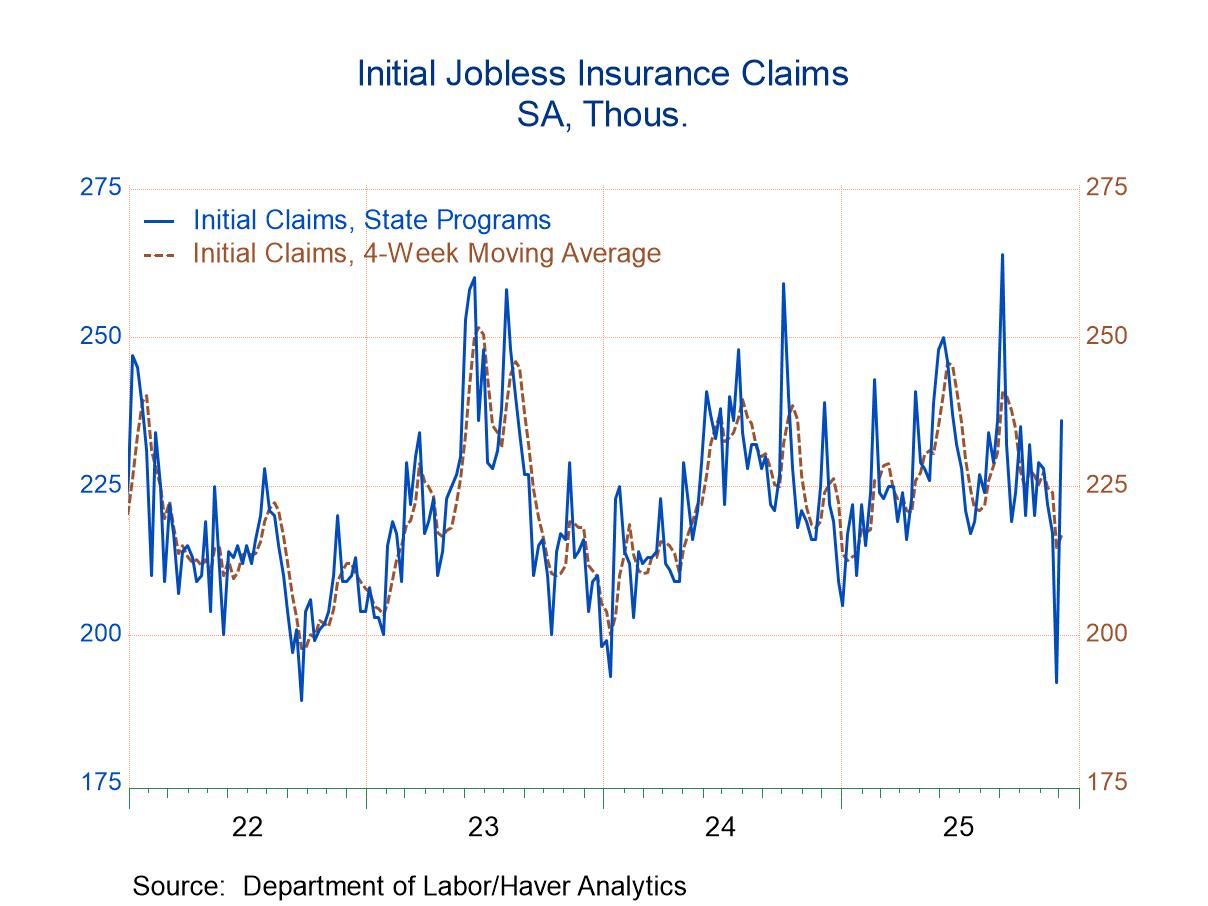German Inflation Drops in January

German inflation falls- German inflation fell in January with the HICP headline falling in the month, logging a decline of 0.1% in January after spurting by 0.6% in December. The core HICP wave accelerated to 0.3% in January from 0.2% in December.
German inflation rises- The German domestic CPI inflation measure accelerated to 0.4% in January from a 0% performance in December; the CPI ex-energy rose by 0.3% after rising 0.2% in December.
What really matters in how it’s trending, not its month-to-month gyrations- What you conclude about inflation depends a lot on how you tend to look at it. The year-over-year HICP rose by 3.1% in January, down sharply from its 3.8% pace in December. But then, in November, inflation had been up by only 2.2% so the path for German headline HICP inflation is somewhat jagged. Core inflation that tends to be more stable rose by 3.7% year-over-year in January compared to a 3.7% increase in December. That’s stable, but both of those are down from where inflation had been which is 4% in November, 4.9% in October, and 5.5% in September; that compares to 6.9% in August and a rate of more than 7% in June and July of 2023. Clearly inflation is and has decelerated in the big picture. Core inflation, which does a better job of nailing down the sustainable trend, has flattened out over the last two months. More broadly, a core measure shows German inflation has come down quickly and is hovering in a much lower range than it was in 2023. But at 3.7%, inflation in Germany is still a far cry from the 2% target that the European Central Bank has for the euro area.
Shorter periods show lower HICP inflation- Of course, the German data also show a lot more inflation behaving if we measure inflation over shorter periods. For example, the HICP inflation rate expands by 3.1% over 12 months, at a 1.9% annual rate over six months, and at a 2.5% annual rate over three months. The core HICP rises by 3.7% year-over-year, by 2.1% at an annual rate over six months, and then takes up to a 2.3% annual rate over three months. Inflation is not sequentially deteriorating, but it clearly is on its way lower as the three-month inflation rates for the headline and the core are both markedly below their year-over-year pace. That's a strong score for the concept of inflation unwinding.
Domestic prices are even better- The domestic CPI, the headline shows clearer deceleration from 2.9% over 12 months, to a 2.2% annual rate over six months, to a 1.4% annual rate over three months. The CPI excluding energy on the domestic measure rises 3.4% over 12 months, at a 2.8% annual rate over six months, then steps down to a 2.5% annual rate over three months. The domestic gauge shows inflation much more clearly decelerating and the deceleration takes the inflation pace to a much lower and more benign rate. The headline on a three-month basis is already below the target for the ECB and the six-month pace for inflation is within a stone’s throw of it while for the CPI excluding energy the 2% target is getting in range.
Monthly breadth- Diffusion indexes for inflation measure the breadth of inflation: is inflation accelerating (breadth>50%), or decelerating (diffusion<50%). In January and in December inflation diffusion is over 63%, implying that inflation is accelerating in more categories than it's decelerating. However, the January and December results come after November; in November inflation did not accelerate in any categories! Diffusion was zero so there was a broad slowdown for inflation in November and then a rebound in December and in January.
Sequential inflation breadth- Sequentially inflation diffusion is better behaved over broader periods. Over 12 months diffusion is 27%, over six months it's 36%, and over three months it's back to 27%. On all these horizons, 12-month, six-month, and three-month, inflation is clearly decelerating compared to the period before. In the case of these statistics, we compare 12-month inflation to inflation one-year ago; six-month inflation is compared to 12-month inflation; three-month inflation compares to six-month inflation. Note that the deceleration of inflation is made off the domestic report where both headline and core inflation rates are showing sequential inflation falling.

Germany and euro area- German inflation had been running hot in the euro area. As of January, the 3.1% German rate was surpassed by the Netherlands at 3.2%, Spain at 3.5%, France at 3.5%, and Austria at 3.5%. The low inflation country is Italy with year-over-year inflation at only 0.9%; Belgium also logs a low inflation rate at 1.5%. Overall inflation in the Monetary Union is running at 2.8%, well above its 2% target, but significantly down from the pace of last year.
Inflation finally trends lower- The bottom line on inflation is that it's declining and it's declining globally. We see significant declines in the United States; we see declines in the United Kingdom; we see declines in Europe; we see the declines echoed across most of the individual countries.
More work to do- but not necessarily with higher rates. However, yesterday Isabel Schnabel warned the European Central Bank about cutting rates too soon, arguing that while inflation had fallen, service sector inflation in the monetary union remains high and stubborn. Those same conditions exist in the United States. Central banks are going to have to sharpen their senses because global weakness and slack in the energy market is keeping goods-sector inflation weak; that depresses the overall inflation rate. But unemployment rates remain low, and service sector inflation is high and can be stubborn. Despite the success in reducing headlines and even core inflation, the service sector poses more of a problem for central banks in the year ahead to bring inflation to target.
Robert Brusca
AuthorMore in Author Profile »Robert A. Brusca is Chief Economist of Fact and Opinion Economics, a consulting firm he founded in Manhattan. He has been an economist on Wall Street for over 25 years. He has visited central banking and large institutional clients in over 30 countries in his career as an economist. Mr. Brusca was a Divisional Research Chief at the Federal Reserve Bank of NY (Chief of the International Financial markets Division), a Fed Watcher at Irving Trust and Chief Economist at Nikko Securities International. He is widely quoted and appears in various media. Mr. Brusca holds an MA and Ph.D. in economics from Michigan State University and a BA in Economics from the University of Michigan. His research pursues his strong interests in non aligned policy economics as well as international economics. FAO Economics’ research targets investors to assist them in making better investment decisions in stocks, bonds and in a variety of international assets. The company does not manage money and has no conflicts in giving economic advice.





 Global
Global
